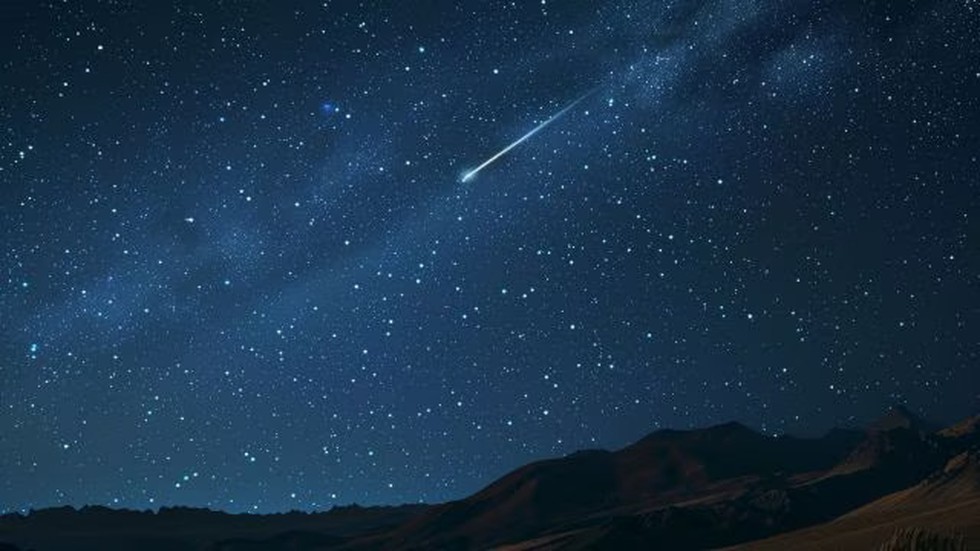This weekend, skywatchers are in for a treat with one of the most famous meteor showers, the Perseid meteor shower. Historically, this shower peaks around August 13 and 14. This year, however, it will reach its peak during the late night of Sunday, August 11, and into the early morning of Monday. With minimal moonlight, the night sky will offer ideal conditions for viewing.
Best Viewing Times
- Moon Phase: The first quarter moon will set around 11:20 pm local time, providing a dark sky for observation.
- Optimal Viewing Window: While some Perseids may be visible in the evening, the best viewing time is from about 11 pm to early morning light.
Characteristics of Perseid Meteors
- Name Origin: The name “Perseid” is derived from the Perseus constellation.
- Peak Season: The Perseid shower peaks in mid-August each year.
- Meteor Traits: Perseids are known for their swift and bright appearance, leaving trails of light and color across the night sky.
- Frequency: Approximately 100 meteors per hour can be seen during this shower.
- Viewing Conditions: The warm summer night weather enhances the viewing experience.
Unique Features
- Fireballs: Perseids are famous for their fireballs, which are larger explosions of color and light that last longer than typical meteor streaks.
- Composition: These fireballs come from larger cometary particles.
Meteor Origins and Comet Information
- Meteor Composition: Meteors are remnants of comet particles and broken asteroids. Comets leave a dusty trail as they approach the Sun, and Earth passes through these trails annually.
- Comet 109P/Swift-Tuttle: The debris from this comet creates the Perseid meteor shower. The comet orbits the Sun every 133 years. Discovered in 1862 by Lewis Swift and Horace Tuttle, it last visited the inner solar system in 1992 and has a nucleus 26 km in diameter.
Historical Insights
- Discovery: Italian astronomer Giovanni Schiaparelli first connected comets with meteor showers.
- Research: A 2013 study revealed that the Perseid meteor shower produces the highest number of fireballs compared to other meteor showers.
Viewing Tips
- Best Locations: To view the Perseids, find a spot away from city lights to avoid light and air pollution.
- Interactive Maps: Use tools like lightpollutionmap.info or darksitefinder.com/maps/world.html to find optimal viewing locations.
- Live Streams: For those unable to view in person, Astrophysicist Gianluca Masi’s Virtual Telescope Project offers a live stream of the meteor shower on YouTube.
Viewing in India
- Conditions: Similar viewing conditions apply in India—find a dark spot away from urban areas for the best experience.
Multiple-Choice Questions (MCQs):
- When does the Perseid meteor shower peak this year?
- A) August 13
- B) August 11
- C) August 14
- D) August 15
- What time is the first quarter moon expected to set?
- A) 10:00 pm
- B) 11:20 pm
- C) Midnight
- D) 1:00 am
- How many meteors per hour are typically seen during the Perseid meteor shower?
- A) 50
- B) 75
- C) 100
- D) 150
- From which comet does the debris that creates the Perseid meteor shower come?
- A) Comet Halley
- B) Comet Encke
- C) Comet 109P/Swift-Tuttle
- D) Comet Hale-Bopp
- Who first connected comets with meteor showers?
- A) William Cooke
- B) Lewis Swift
- C) Horace Tuttle
- D) Giovanni Schiaparelli
